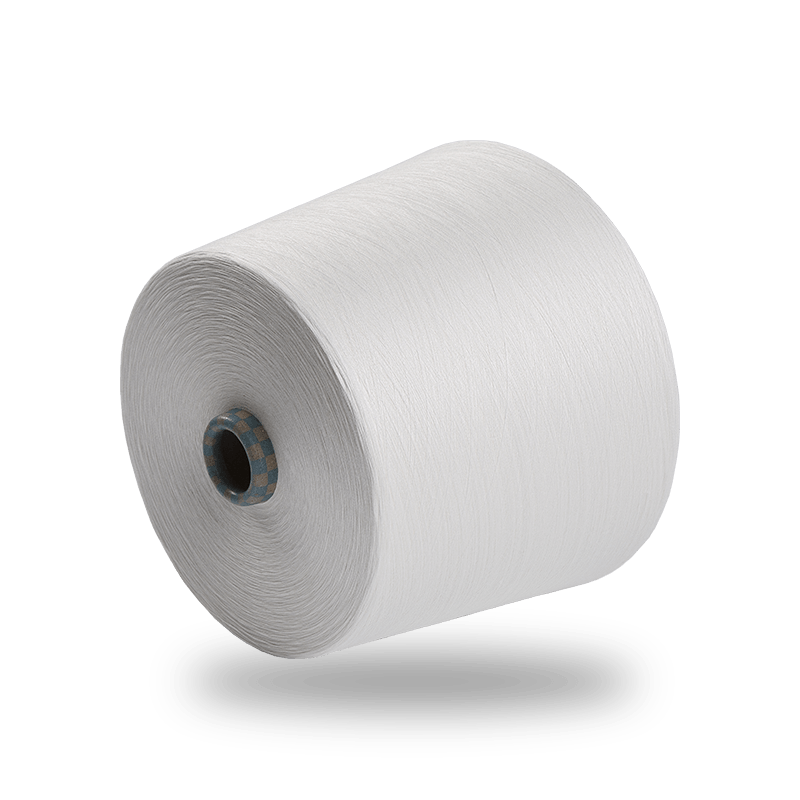When it comes to fabric manufacturing, the type of yarn used plays a significant role in determining the final product's performance. Among various spinning techniques, ring spun yarn stands out due to its unique ability to provide high strength, smoothness, and excellent durability. This article explores how ring spun yarn properties affect the construction and characteristics of fabrics, particularly when it comes to different weaves and knits. Understanding these relationships is essential for manufacturers aiming to achieve optimal fabric performance for apparel, bedding, and other textile products.
The Relationship Between Yarn Tension and Fabric Construction
One of the most critical factors in fabric production is yarn tension during the weaving or knitting process. For ring spun yarn, which is known for its fine, smooth, and strong structure, maintaining consistent tension is essential for ensuring that the yarn doesn't become too slack or overly tight, both of which can cause fabric defects. When yarn tension is carefully controlled, the fabric construction remains uniform, resulting in a fabric that is both durable and aesthetically pleasing.

In fabrics made with ring spun yarn, the tension during the weaving process influences how the fibers interlock and contribute to the overall stability of the fabric. For instance, in tightly woven fabrics such as denim or formal shirts, the evenness of the tension ensures that the fabric remains smooth without uneven texture or distortion. The ability of ring spun yarn to maintain its strength under tension makes it particularly suited for fabrics requiring a tight weave that can withstand wear and tear.
Selecting the Right Yarn Type for Specific Fabric Weaves and Knits
Choosing the right type of yarn is essential for achieving specific characteristics in woven and knitted fabrics. Ring spun yarn, with its smooth and high-quality finish, is an ideal choice for fabrics that require superior softness and strength. Whether you're creating a soft T-shirt or durable bedding, ring spun yarn ensures that the finished fabric is both comfortable and resilient.
For example, fabrics made with ring spun yarn tend to have a softer hand feel, making them perfect for knitwear like T-shirts or activewear. The yarn's smooth texture also makes it easier to dye, leading to vibrant, even color throughout the fabric. In woven fabrics such as shirts or dress materials, ring spun yarn contributes to a clean, refined finish, providing both visual appeal and lasting durability.
On the other hand, fabrics made from open-end spun yarn, while more cost-effective, may lack the smoothness and strength associated with ring spun options. This difference is especially noticeable in products that undergo heavy use, such as denim or workwear, where the durability of ring spun yarn truly shines. The yarn’s resistance to fraying or weakening under stress ensures that fabrics made from it will have a longer lifespan, even under challenging conditions.
Conclusion: Maximizing Fabric Quality with Ring Spun Yarn
In summary, ring spun yarn plays a crucial role in determining the overall quality and performance of woven and knitted fabrics. By understanding how yarn tension and type impact fabric construction, manufacturers can make informed decisions about which yarn to use for their products. Whether creating a soft, breathable knit for fashion or a durable woven fabric for industrial use, ring spun yarn ensures that the final product meets the highest standards of strength, smoothness, and longevity.
Manufacturers who want to achieve the best results should always consider ring spun yarn as a primary choice for their fabric production, given its numerous advantages in terms of yarn quality and performance. With proper handling and expert control of tension during production, ring spun yarn can elevate any fabric, ensuring a superior end product every time.


 English
English 中文简体
中文简体 Español
Español عربى
عربى










